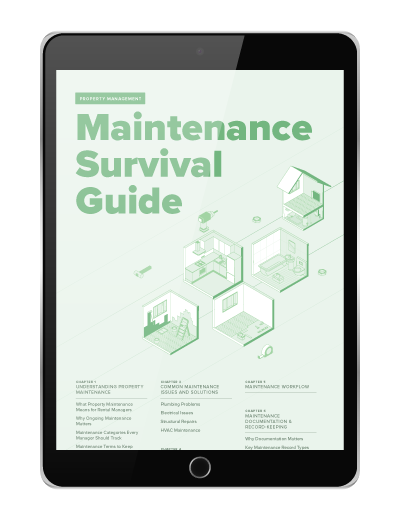For some cities, the Great Recession is now far in the rearview mirror. In the nation’s hottest markets, housing is once again approaching all-time highs. By and large, this is good news. But it has also put the issue of housing affordability front and center.
There’s certainly no silver bullet for housing affordability. But, advocates in Portland, Boston, and New York are turning to one common tool: inclusionary zoning (IZ). IZ requirements are local ordinances that mandate developers build or contribute toward a minimum threshold of affordable units. These units are then designated for sale or rent by low-income individuals.
Some cities are looking to introduce IZ requirements for the first time; in other cities, advocates are urging policymakers to increase minimum thresholds.
Portland, OR
Despite their best efforts last year, policymakers were unable to gain support for a legislative proposal that would put an end to a 16-year-old law that prohibits municipalities from requiring developers to contribute to affordable housing. Though the Oregon House passed the bill, it was later squashed by the Senate.
When the Oregon Legislature reconvenes this year, housing advocates expect Senator Michael Dembrow (D-Portland) to put forward a more refined IZ bill. This time around, the IZ bill would allow municipalities to force developers to build affordable units for both rental and for-sale housing (other legislation limited IZ requirements to for-sale units). This change is particularly aimed at increasing affordable housing in Portland, where roughly 80% of new development planned or projected over the next two decades is expected to be multi-family rentals.
“The lack of affordable housing is a statewide problem, and we need to make sure the bill is broad enough to include everyone, while still having provisions that address the problems we’re having in Portland,” says Vivian Satterfield, the deputy director of OPAL Environmental Justice Oregon. The IZ ban dates back to the 1990s when developers fought a preemptive battle just as Portland was considering introducing a city-wide IZ ordinance.
Cities won’t be required to enact adopt IZ, but at a minimum, it gives municipalities the ability to do so. “Give us the authority to do our job, and we’ll make it,” says Portland Mayor Charlie Hales.
Somerville, MA
In Somerville, a small city just outside of Boston, where property values have skyrocketed in recent years, more than 500 residents signed a petition to increase the city’s IZ ordinance from 12.5% to 20% for developments of more than 6 units. Housing advocates are also urging the city to require preference for these units be given to existing Somerville residents, or those who have recently been displaced.
Somerville city officials have acknowledged the need to promote affordable housing alternatives, but are also wary of enacting such a dramatic increase.
“We don’t want to even temporarily kill the goose laying golden eggs of inclusionary units in Somerville,” explained the city’s planning director at a recent community meeting. Most cities only require 10% to 12.5%; a significant increase could steer developers to nearby communities instead.
Earlier this month, the Somerville Planning Board voted to recommend the city increase the IZ requirement to 20% for projects with 20 or more residential units; and increase it to 15% for projects of 7 to 19 units – a likely middle ground between housing advocates and residential developers. The Somerville Board of Aldermen will take up the matter in the coming weeks before deciding whether to make the recommendations law.
New York, NY
IZ is also a hot-button topic in New York City, one of the nation’s most expensive real estate markets. As part of a broader, more comprehensive affordable housing strategy, Mayor Bill de Blasio proposed requiring up to 30% of new apartments be affordable when a development or neighborhood is rezoned to increase density.
Unlike other cities that have enacted blanket-IZ policies, the de Blasio Administration has just reached an agreement with the City Council that gives developers the ability to choose from an array of IZ options, including:
- Setting aside 20% of apartments for households making $31,000 for a family of three (renting at about $775/month);
- Setting aside 25% of apartments for households with incomes averaging $47,000 – of which 10% will have to be for people making $31,000; and
- Setting aside 30% of apartments for people with higher incomes, closer to $89,000 – of which 5% of units must go to households with an average income of $54,600; another 5% must be reserved for households earning no more than $70,200.
For cities looking to promote and retain economic diversity, affordable housing can present a significant challenge. While there’s no easy solution to addressing the lack of affordable housing in high-cost, land-constrained cities, municipalities are finding that IZ is one of many tools that can be leveraged to put a dent in the problem.
The challenge now, as many city leaders have described, is making sure that IZ requirements don’t go too far to deter new housing development altogether.
Read more on Uncategorized

